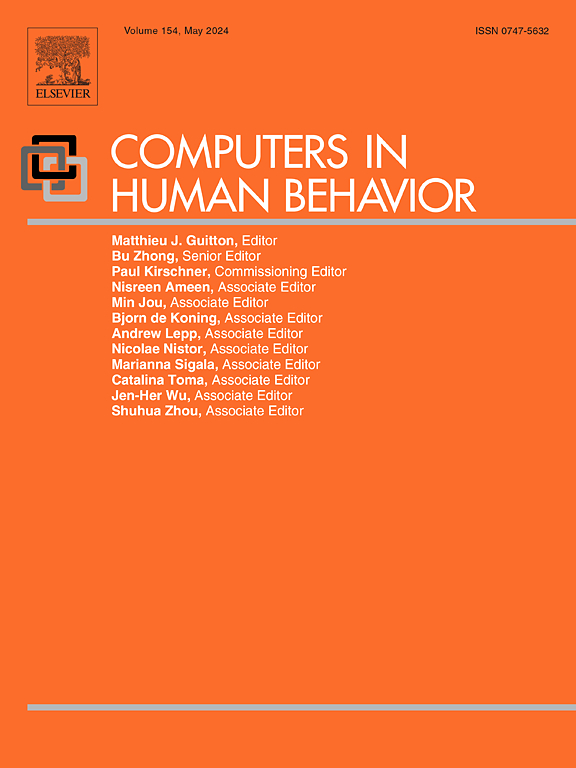HAPshop:触觉信息如何影响消费者对在线产品的购买意愿
IF 9
1区 心理学
Q1 PSYCHOLOGY, EXPERIMENTAL
引用次数: 0
摘要
虽然来自不同学科的许多研究人员都致力于理解触觉信息在数字环境中的作用,但很少有人采用跨越设备开发到消费者反应的综合方法。为了解决这一差距,目前的研究开发了HAPshop系统,这是一种3D鼠标形状的触觉设备,可以在数字环境中传递有关产品的触觉信息,并调查了它对消费者心理和行为的影响。HAPshop可以计算二维切向摩擦力和一维法向高度变化,将产品的三维触觉信息传递给消费者。研究表明,通过HAPshop提供触觉信息可以增强消费者的积极反应。通过行为实验室实验和顺序中介分析,我们证明了通过HAPshop传递的物理触觉信息导致消费者与产品之间的空间接近感,在购物体验中增加了产品的精致程度,并提高了他们对产品的评价的确定性。这最终转化为对消费者有利的产品更高的购买可能性。这些发现通过提供对设备开发和消费者反应的跨学科理解,弥合了不同学科之间的现有研究差距,为人机交互(HCI)和消费者心理学的文献做出了贡献。本文章由计算机程序翻译,如有差异,请以英文原文为准。
HAPshop: How haptic information affects consumers’ purchase intentions toward online products
While numerous researchers from different disciplines have contributed to understanding the role of haptic information in the digital context, few have adopted a comprehensive approach that spans device development to consumer reactions. To address this gap, the current study developed the HAPshop system, a 3D mouse-shaped haptic device that delivers haptic information about a product in a digital setting, and investigated its impact on consumer psychology and behavior during online shopping. The HAPshop can calculate two-dimensional tangential frictional force and one-dimensional normal height changes to deliver 3D tactile information about products to consumers. The study demonstrated that providing haptic information through the HAPshop can enhance positive consumer responses. Through a behavioral lab experiment and sequential mediation analysis, we demonstrated that physical haptic information delivered through HAPshop leads to a sense of spatial proximity between the consumer and product, increased product elaboration during the shopping experience, and greater certainty in their evaluation of the product. This ultimately translates into a higher purchase likelihood toward consumers’ favorable product. These findings contribute to the literature on human-computer interaction (HCI) and consumer psychology by providing an interdisciplinary understanding of device development and consumer reactions, bridging the existing research gap across various disciplines.
求助全文
通过发布文献求助,成功后即可免费获取论文全文。
去求助
来源期刊

Computers in Human Behavior
Multiple-
CiteScore
19.10
自引率
4.00%
发文量
381
审稿时长
40 days
期刊介绍:
Computers in Human Behavior is a scholarly journal that explores the psychological aspects of computer use. It covers original theoretical works, research reports, literature reviews, and software and book reviews. The journal examines both the use of computers in psychology, psychiatry, and related fields, and the psychological impact of computer use on individuals, groups, and society. Articles discuss topics such as professional practice, training, research, human development, learning, cognition, personality, and social interactions. It focuses on human interactions with computers, considering the computer as a medium through which human behaviors are shaped and expressed. Professionals interested in the psychological aspects of computer use will find this journal valuable, even with limited knowledge of computers.
 求助内容:
求助内容: 应助结果提醒方式:
应助结果提醒方式:


